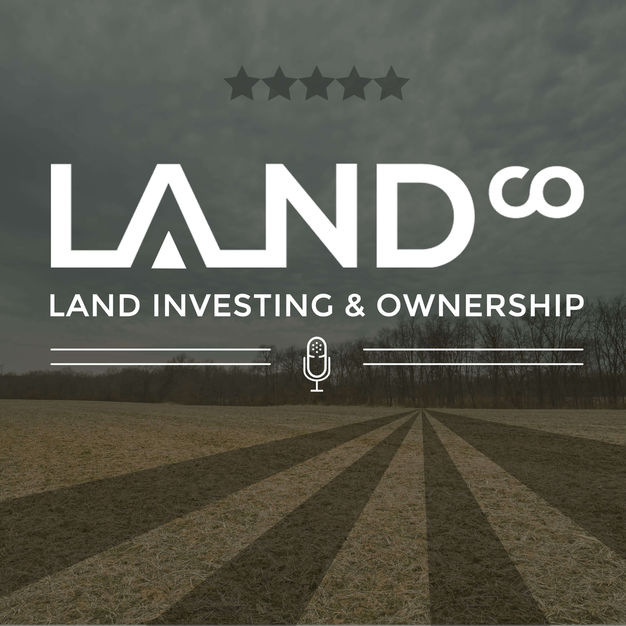
LandCo | Land Investing and Ownership
LandCo | Land Investing and Ownership
Hosted by LandCo owner John OReilly, the LandCo podcast takes you behind the scenes at LandCo. We will routinely publish roundtable discussions on the current land inventory. We will also publish tips and advice for entering the land investing market. Lastly, we may mix in some hunting and fishing reports :)
- 28 minutes 8 seconds2023 Deer Hunting Report, Matt Lynch’s 2023 Bucks, and How are Illinois’ hunting laws affecting the quality of our Deer
In this episode, I chatted with Matt Lynch about all things 2023 Deer hunting including his thoughts on the overall season, his success, and his thoughts on how the Illinois hunting laws are affecting the quality of our deer.
Here are some pics of his 2023 bucks! Nicely done!
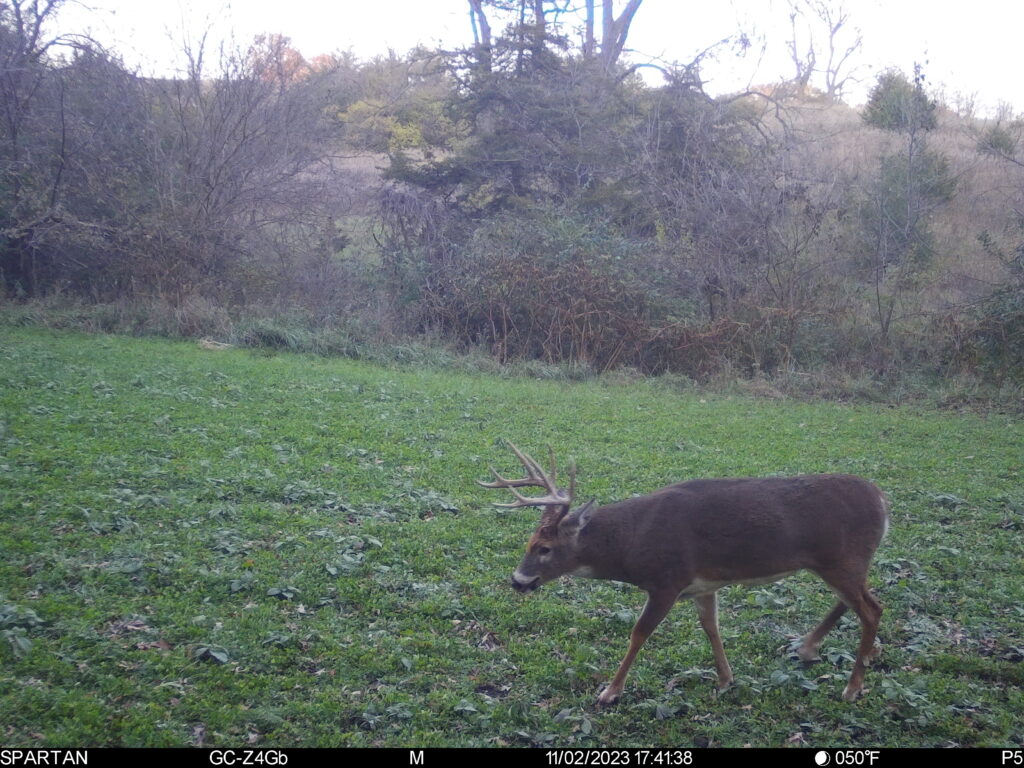
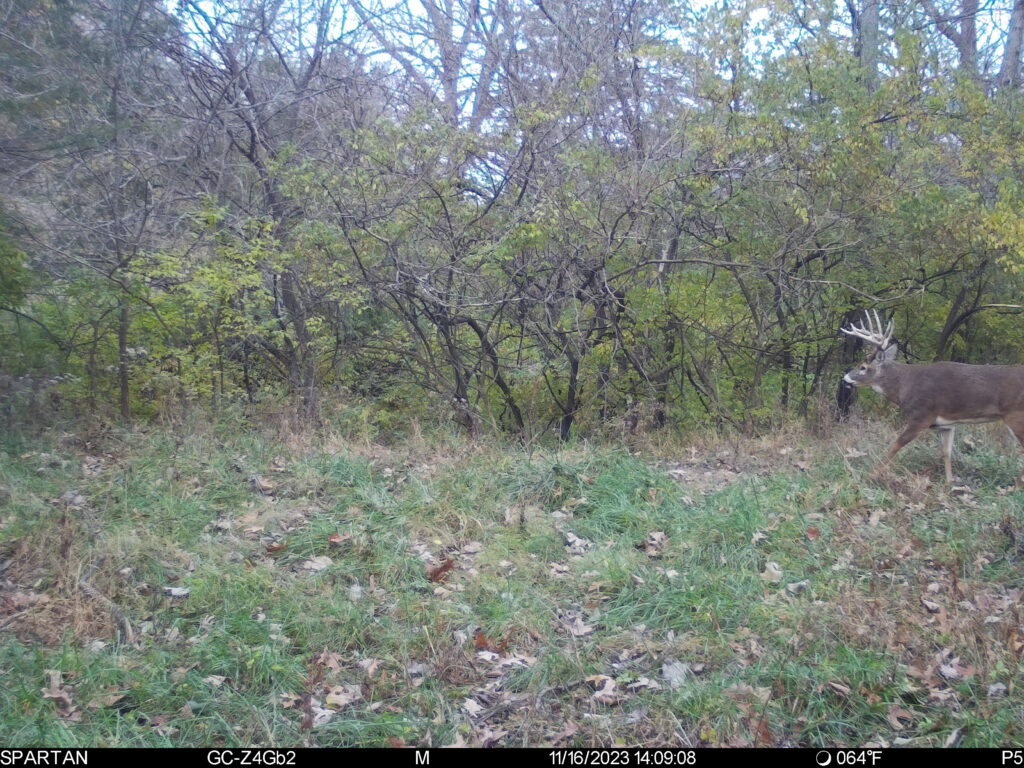
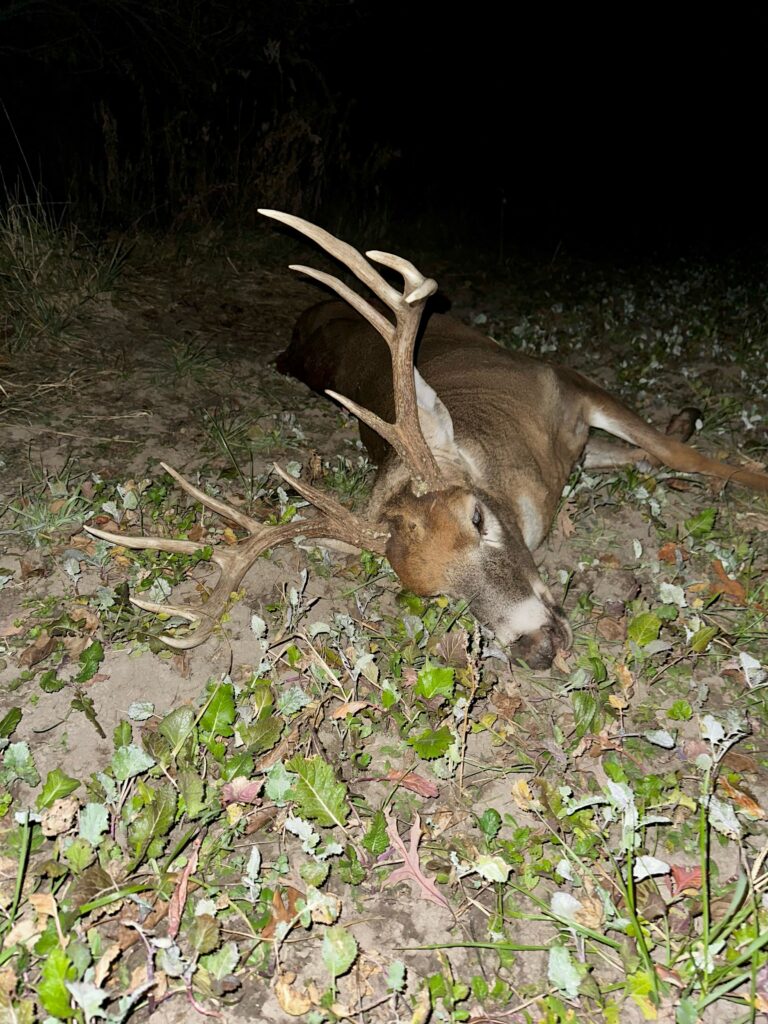
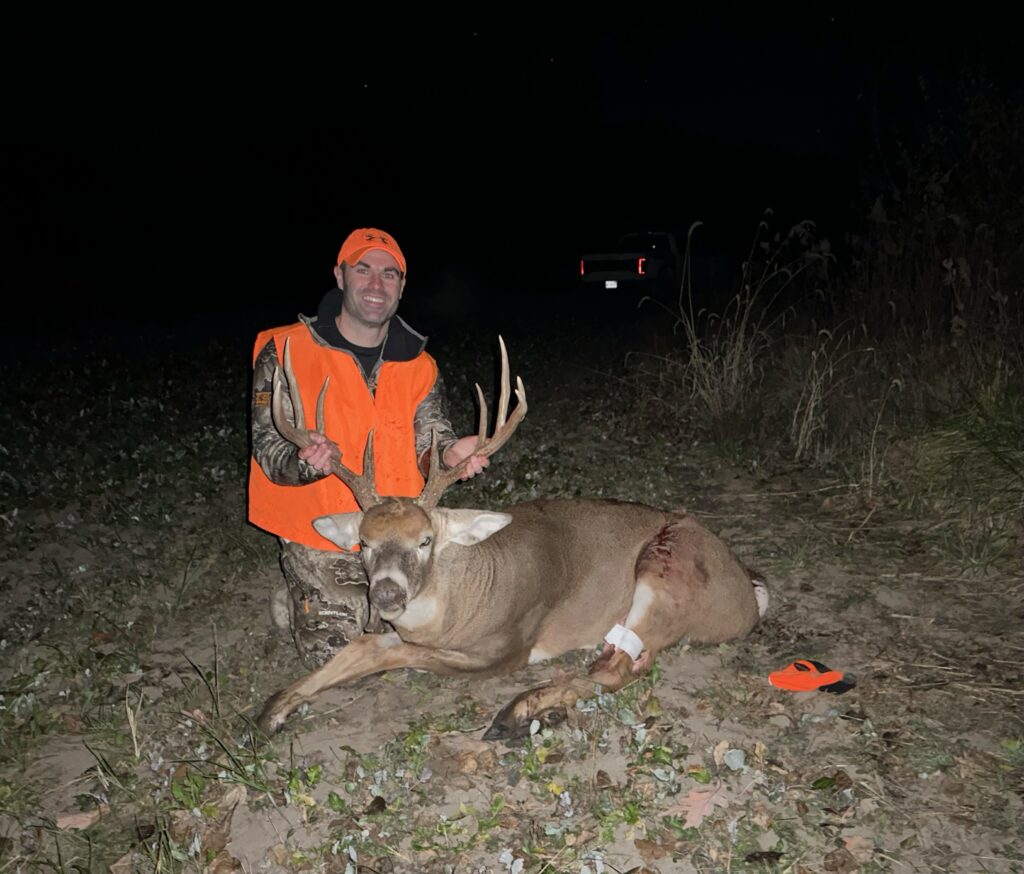
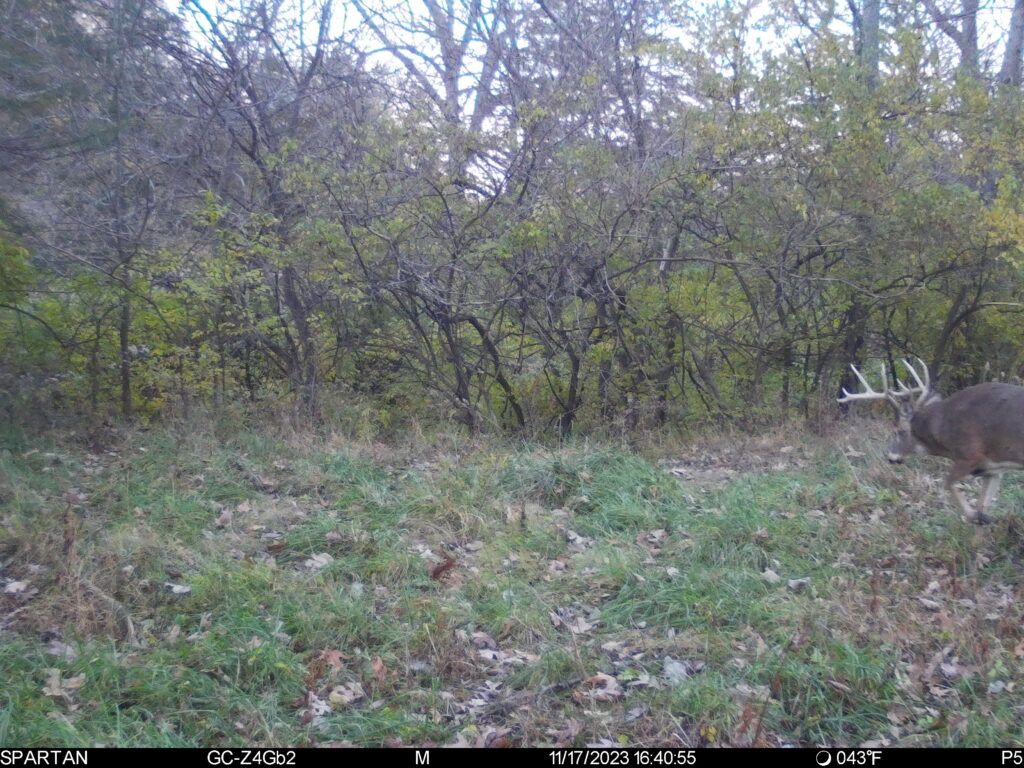
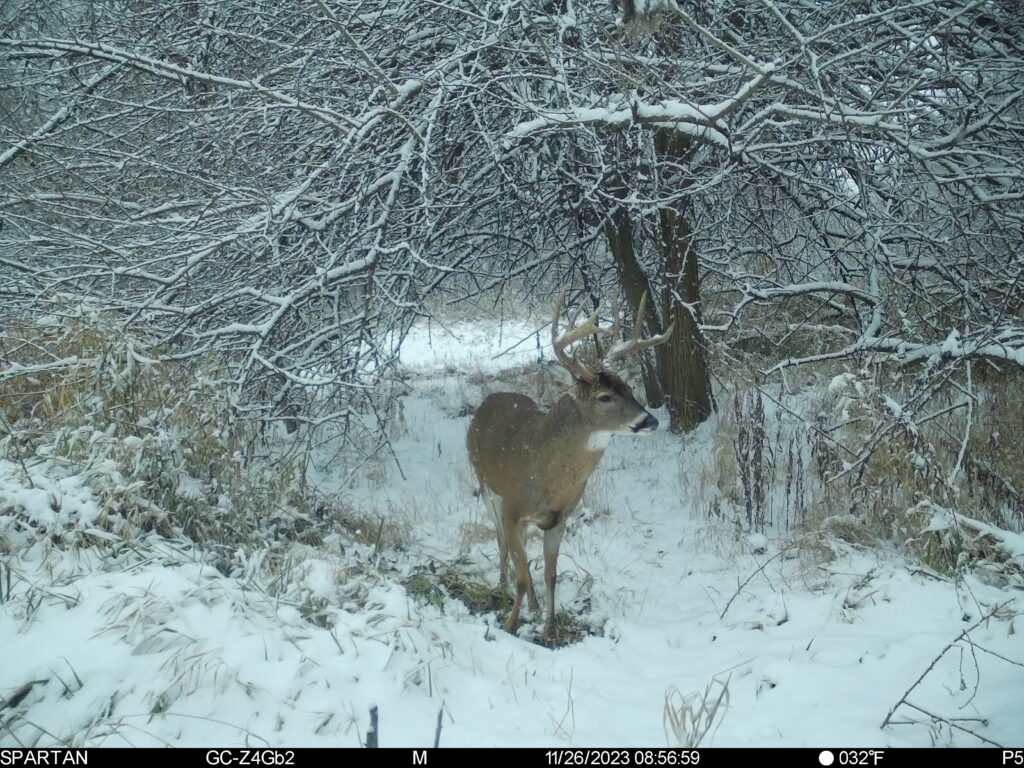
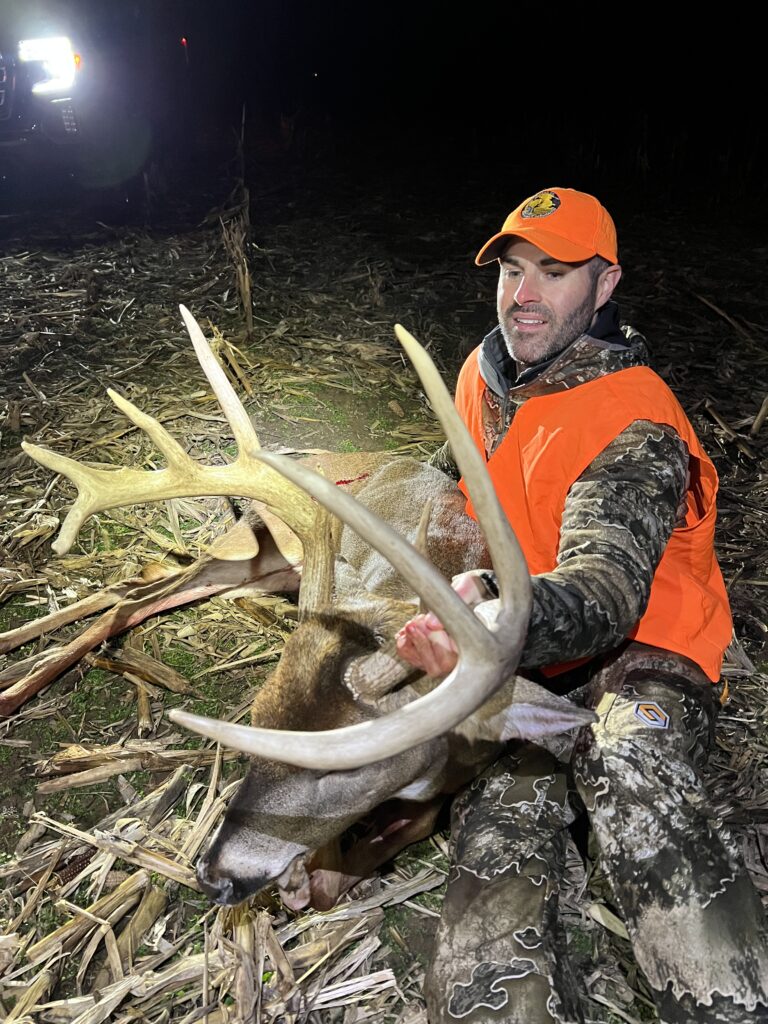
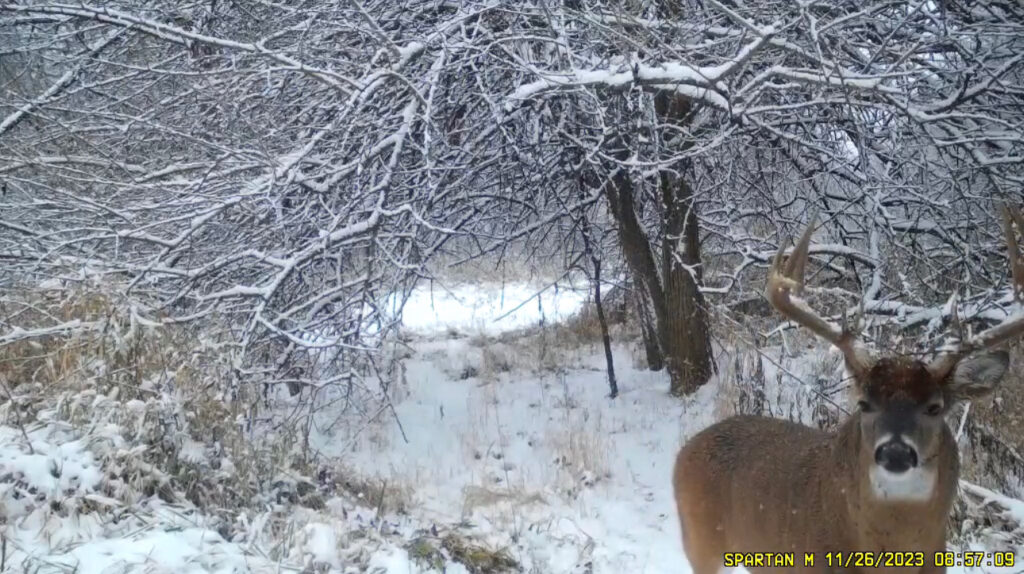 1 February 2024, 3:40 pm
1 February 2024, 3:40 pm - 6 minutes 15 seconds42 Acres Property Review in Peoria IL
Hey Guys! In this episode on the LandCo Podcast, I chat about our most recent farm for sale, 42 acres in Peoria County Illinois. If you have any questions or comments, don’t hesitate to get in touch.
Click Here to Access the Property Listing Page2 May 2023, 6:41 pm - 9 minutes 4 secondsProperty Review | 37 Acres in Peoria County
In this episode on the LandCo Podcast, we chat about a new listing we have in Peoria County. This 37 acres in the Dunlap School District and has some incredible development opportunities for a private lake and residence.
14 February 2023, 9:19 pm - 10 minutes 35 secondsWaterfowl Property Development Series | E8 – Fixing some development mistakes and learning about the property
In this podcast episode, I provide updates to our waterfowl development project if Fulton County, Illinois! We made a few mistakes which we had to correct and learned a bit about how the birds are starting to use our wetlands! We hope you enjoy it.
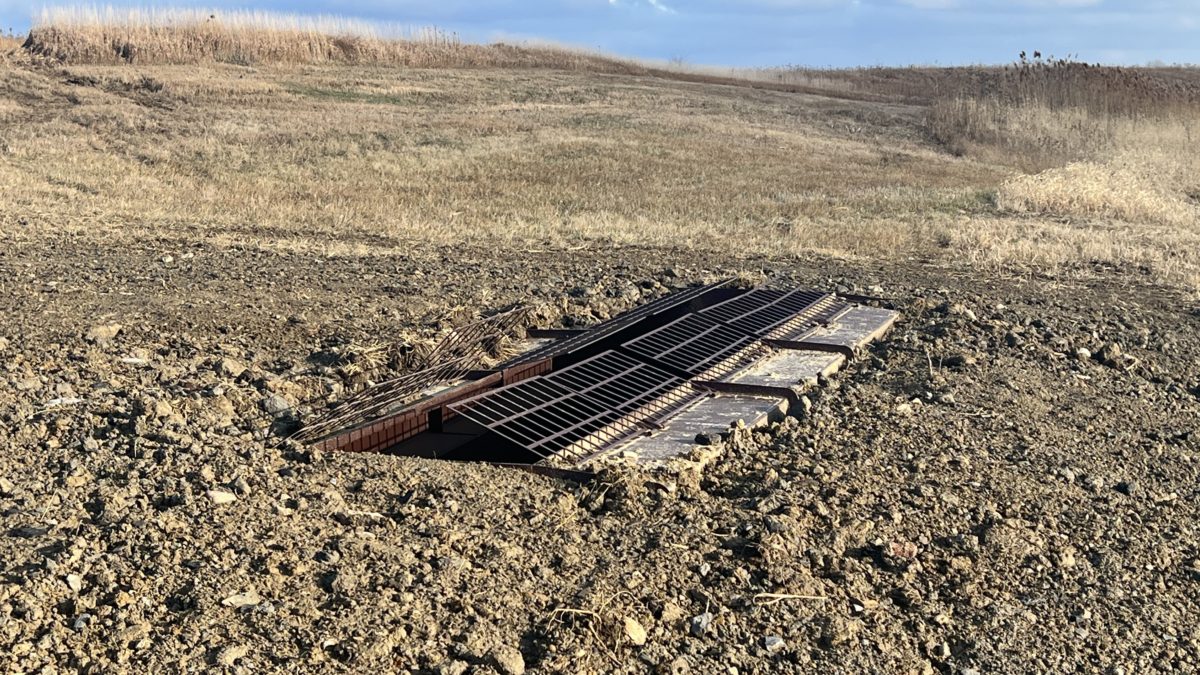
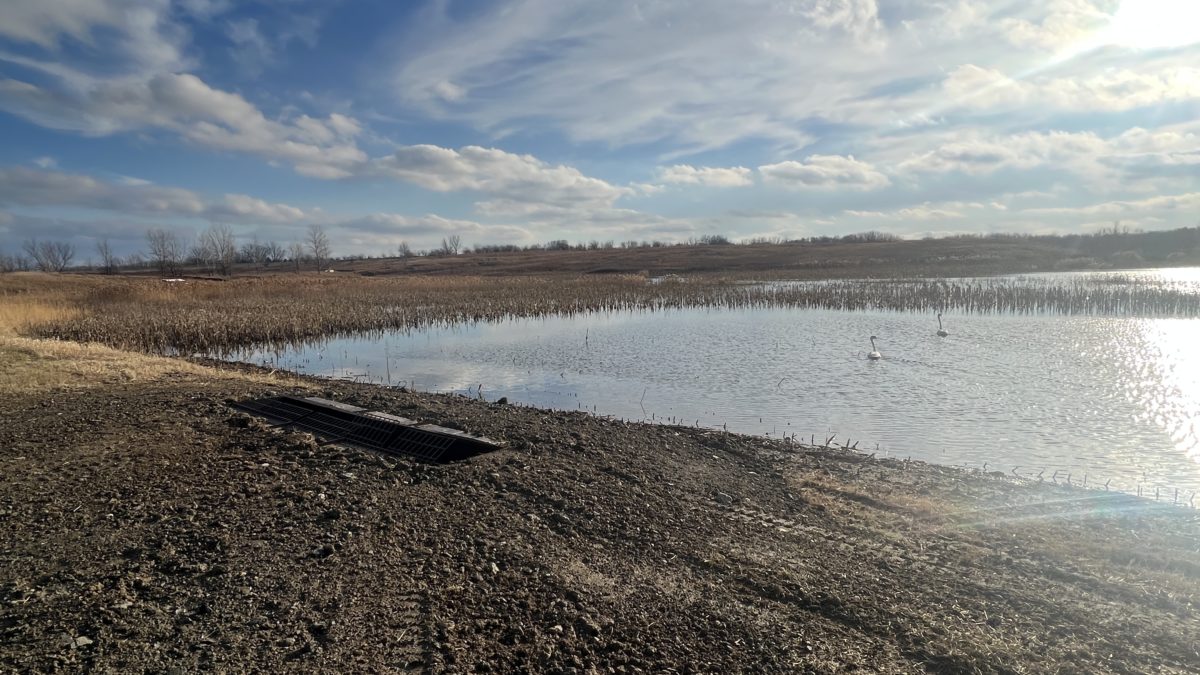
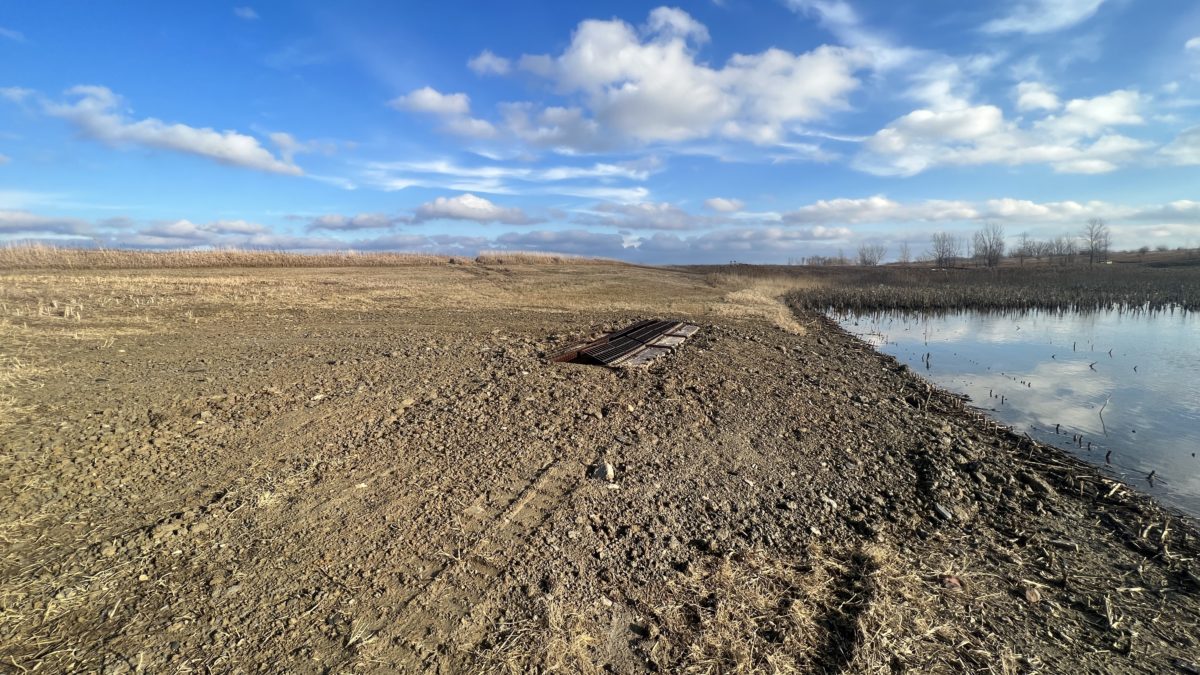
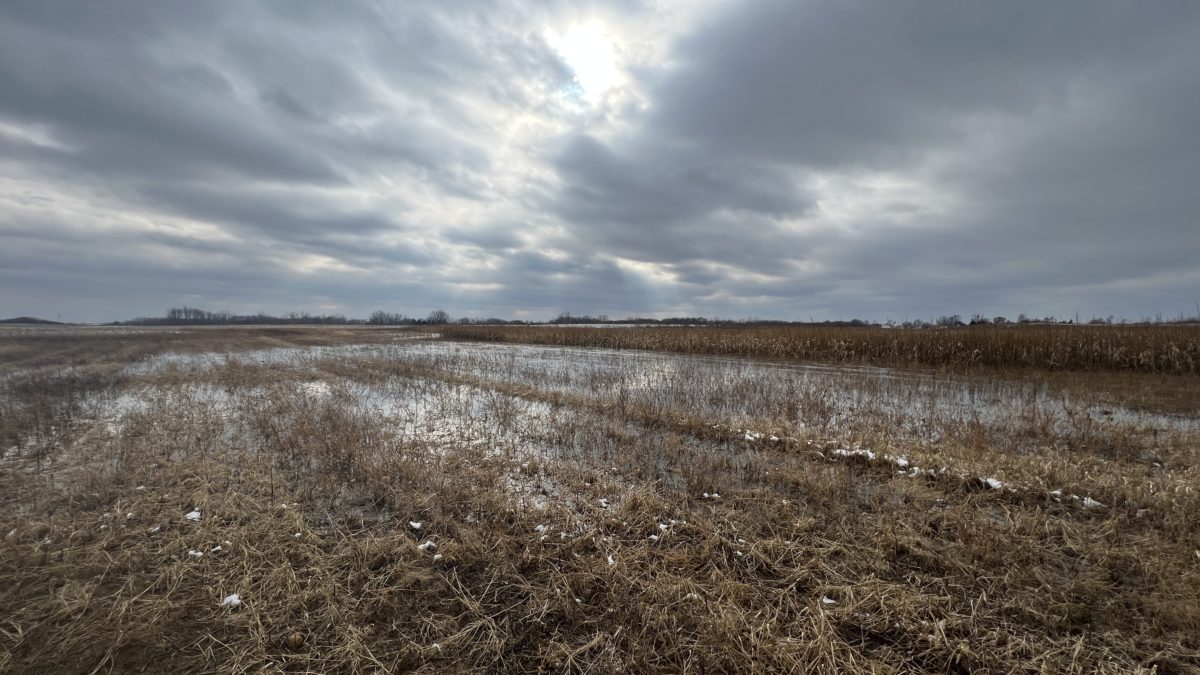

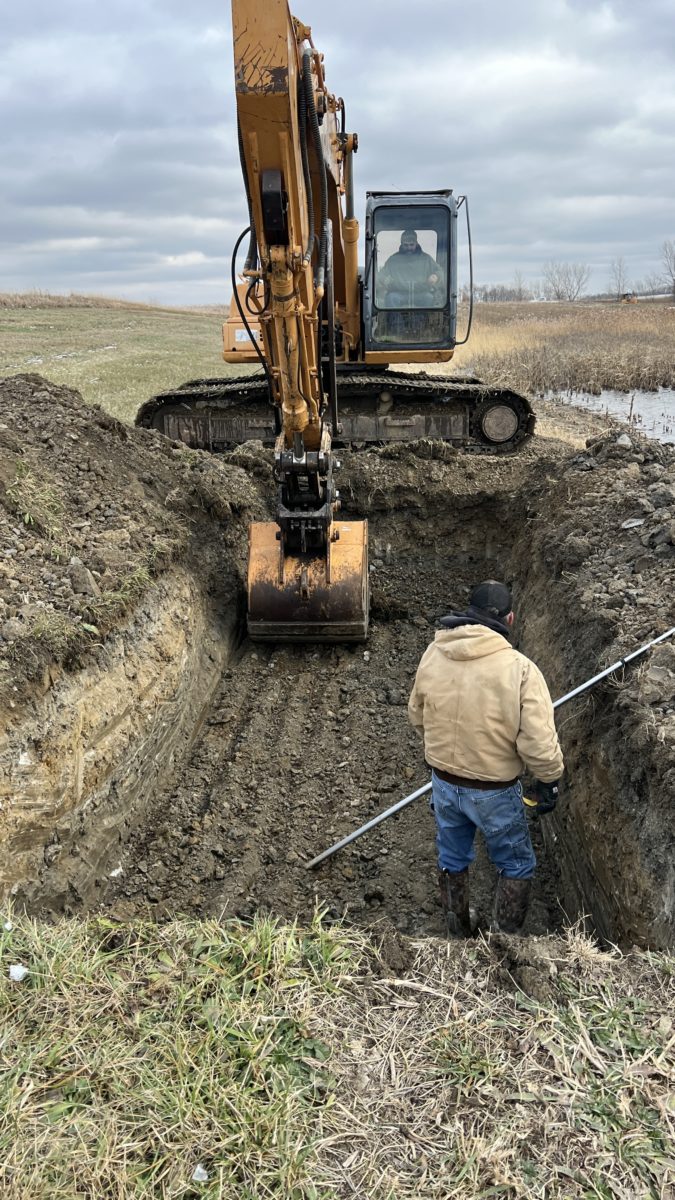
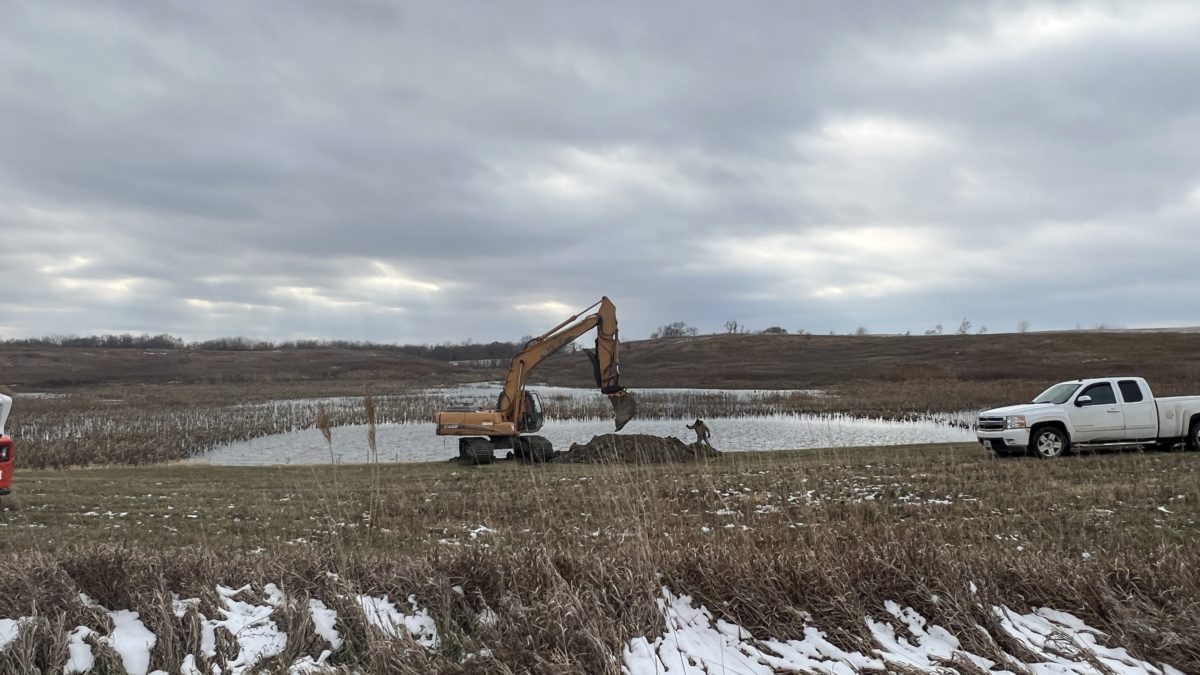
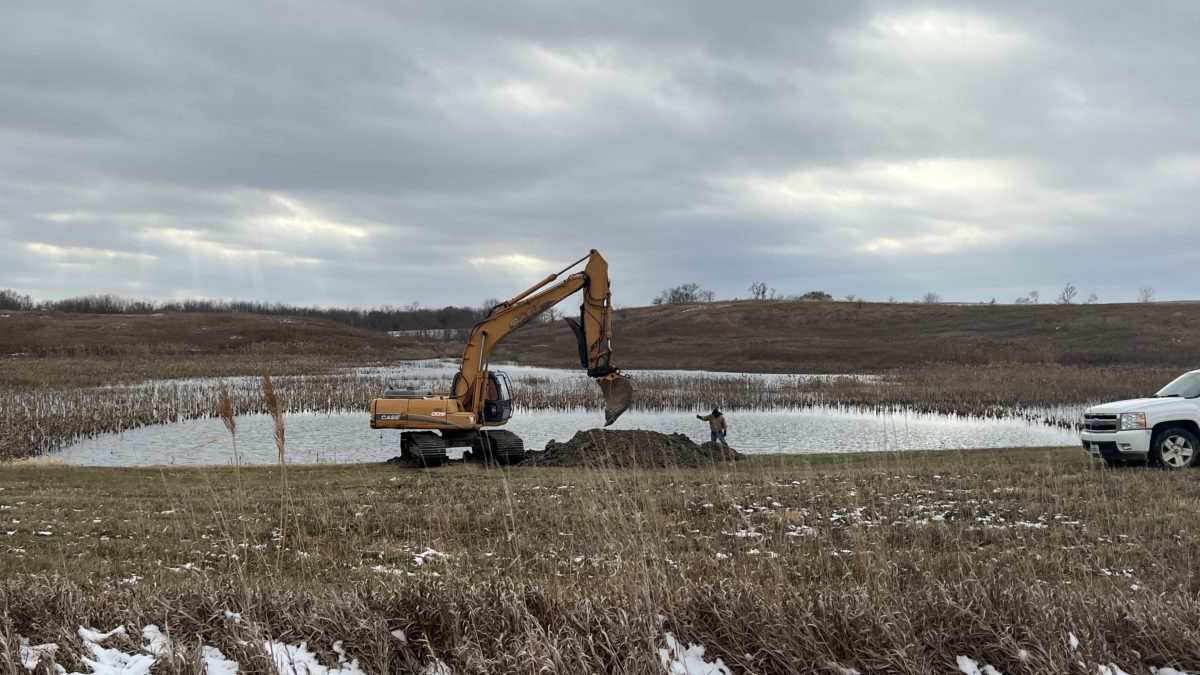

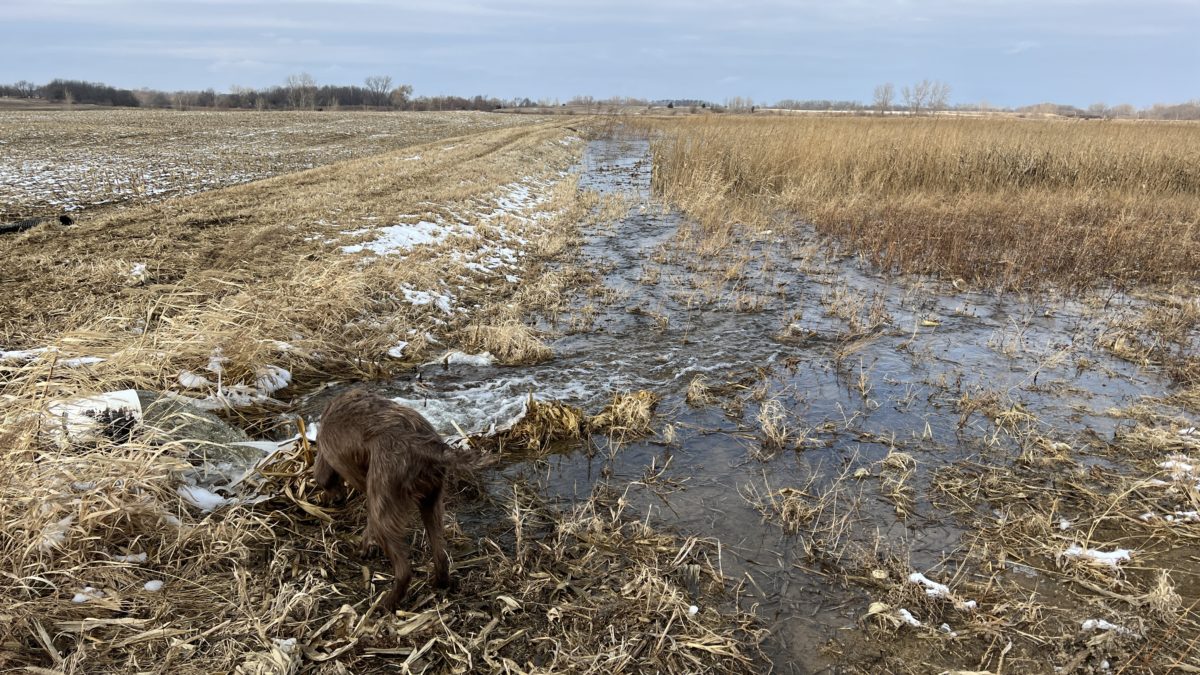
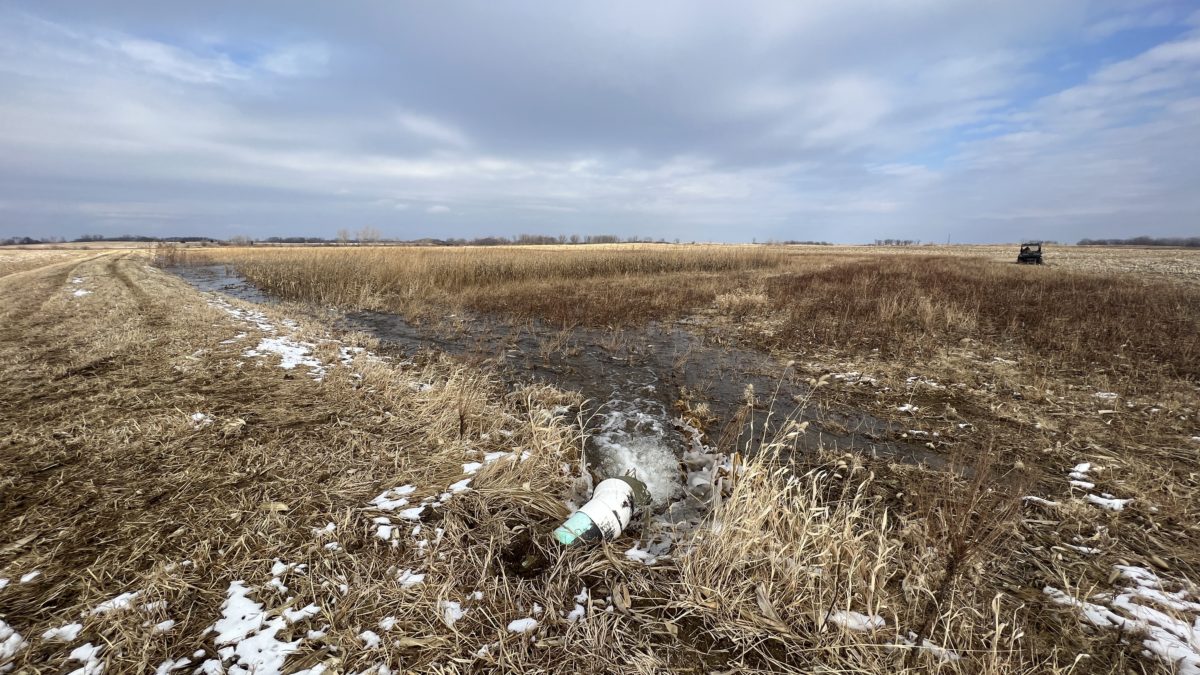
PODCAST TRANSCRIPTION
(these are fairly accurate but not perfect…please forgive any errors or inconsistencies)Hey guys, welcome back to the Land Co podcast. This episode is I don’t even know the episode anymore, but it is the Waterfowl Development Series. I’ll put the episode on the notes and the title is probably like episode seven-ish, but I wanted to chat with you guys on the development that we have that Pudik and I have on 135 acres in Canton. Again, we bought that. I think we’re going on a few years now with the goal of making it just like an awesome waterfowl farm. So we’re developing it strictly for waterfowl and. The first several episodes went over what we built the plans and we are at the stage where like we’re we have a few more things to build. But most of the big Earthmoving is done. So now we’re on to like details and getting water to wetlands, getting power places, getting blinds and pits out there. But now where we are at the end of the development, I believe the last episode, we were just getting ready to pump everything full and everything was fine. The only issue we had was if you remember when we we so we pump from our lower wetland and again, I’ll throw pictures on the if you’re listening on like just in your truck like an on Apple podcast hop on the website we we also post these to the website to the, to the blog and on those pages I’ll throw some pictures beneath it if you want to go kind of check out what I’m talking about.
But the middle of the 135 is our only like, well, it’s our biggest low ground wetland, like bottom ground, like wet area and it’s I think it’s eight acres, but we pump from there up to a new one that we built that we call a center field wetland, which is historically been like our best dry field. So we’re they seem to like that area. So we’re, we were really excited about that center field wetland. We thought it would do well. Last year we had a. We didn’t have a way to pump water up there. So we were relying strictly on rainwater and it filled it like last year was a good year for filling wetlands with water. And it didn’t even that it didn’t fill it all up. So like it probably folded up halfway. So we never got a sense of how good the wetland was going to be or how much they’d use it. So we knew we had to pump water from the bottom, which we call clam wetland, up about 1000 feet and. We used the corrugated tile and it was like, I don’t think we wouldn’t have done that for a client. I was just sort of curious if that would work. Like you always hear, you know, in our industry, there’s always like all these like old, old legends and like, you know, of what works and what doesn’t.
But a lot of them I like. It’s not that I don’t believe them. I’ve just never seen anyone try it like one of them. So like this one, it’s like, Oh, you can’t use corrugated pipe to pump uphill because it’s too much friction and it won’t work. And whatever. We tried it anyways. It was cheaper. You know, we could use that six-inch corrugated like just tile and it was a lot cheaper. So we tried it and again, I had heard that it wouldn’t work, but I’ve never like, I don’t know anyone personally that’s tried it. It’s like, Oh yeah, I tried, but that didn’t work. Everyone’s always like, No, it just doesn’t work. I just know that. All right. Well, we tried it because it was cheaper and like, it didn’t work. So we can officially be like those people that, you know, don’t put corrugated tile into pump uphill because of that pressure. It worked like we got water lay up. But like, eventually the pressure, like not, not like uphill or where it’s coming, like filling the wetland is like the junction. It was just too much pressure. Like it would either blow apart the, like the attachment or like if, you know, because he tried several different things or it was even blowing through the corrugated tile like just past where it attached like the pressure, it was just too much so it didn’t work.
Whatever we were, the guinea pigs. We were out a few bucks, but now we know if it worked, we can just save some of our client’s money down the road. So I’m not entirely upset that we tried it, but it didn’t work, so we had to scramble kind of last minute and just do it the right way. And so we had to put in 800 or 1000 feet of PVC tile, kind of like sewage, kind of like drainage tile uphill that 800 to 1000 feet. And once we did, that worked flawlessly. And that’s what we should have done the first time. But it was it’s probably twice as much, but so had to scramble to do that. But that is done and that pumped fine. So we did get to see the wetland has seeped a little bit and we didn’t fill it up probably as much as we should have day one. So it’s not entirely full, but we’re probably six inches to a foot from full. So we got a much better idea of like how that one’s going to work. Gave us kind of an idea of where we’re going to put the blinds next year so we could, you know, we had a good idea, but now we can at least visualize it. And it allowed us to kind of see if the Ducks would use it and we didn’t. Again, we’re purposely, purposefully letting some of the stuff rest.
You know, clams has always been there. We fixed it up. But these other wetlands, we’re letting rest for a couple of years. Mike Hitchcock told me that, like he said, if you can let a wetland rest for a few years and we build it to let those birds find it, it’ll help a ton in the long run. And I believe him. I’ve seen his place again. That’s one of the coolest waterfowl farms that I’ve seen. So we, we did that. You know, we have other spots to hunt, so it wasn’t a big deal, but they found that upper wetland, once it was full, they found it in a hurry. So again, it’s only been full for like a week-ish, maybe a little more than that, but as soon as it was full they were on it. So we’re excited to see how it’ll do next year when it’s full from day one. So that went well. Our bottom wetland, not our bottom when we built a little small one acre wetland, but I’m sure we’ve gone over. But that one is below what we call hayfield, and we knew that it wouldn’t fill up every year. It’s just kind of a bonus when we have there was already like a levee there in place. It was a cheap wetland to build last year. It filled up immediately and would have been a cool spot to hunt because it’s right next to this kind of big water.
So it’s not something you’re going to hunt, you know, all the time. But when birds are there, it’s a spot you can sneak in and have a good hunt. This year, it just didn’t fill up like there was. There was not enough rain, not nearly enough rain, like there’s not even water in it. So that’s that’s just the nature of the beast on that wetland. Some years it’s going to fill up. Some years is not all the stuff we did on clam taking all that frag mighty out digging all around that so we can plant more. Worked out great. I mean I think when we bought it like and this has been happening slowly over the course of like you know I don’t know how long it’s been there 15 years. It’s just like the little drainage ditches every year, like the mighty and weeds expand out a little bit. So it was in rough shape. We probably doubled what we could plant there, and they’re using that. We did also get in a pit there. We got a Bradley Blind. We talked about that last episode, but we finally got that delivered and installed. That’s going to that’s on the north side of Clam Lake. And again, we won’t hunt that this year. We didn’t have time to you know, we just put it in probably two weeks ago. So. And then you backfill around. There’s a bunch of mud. There’s too much to run in at this point and brush and no big deal.
We’ve got other spots to hunt, but it is in for next year. So all we have to do is kind of brush it in for next year. But it’s a cool spot, a cool little shooting hole right in front. And I think that one will do really well, too. So that’s kind of what we’ve we’ve done this year and where we’re at now. So again, the major, the major dirt-moving stuff is all done. We probably will add a few more tillable acres next year. That’s kind of an ongoing thing to try to farm more and more every year and work on some of those spots. But in terms of like waterfowl, you know, the next two or three years, again, it was like kind of a five-year plan. We’re doing some of the stuff in stages just to come up with like a pile of money upfront and one big chunk. Now we’re probably looking at getting the power. We talked about that we’ve met with Amarin and we know what that’s going to run us. But, you know, that might be an issue next year that we’ll tackle. We’ll try to get power down to clam so we can put in an electric pump, and probably run power up to the wetlands so we could run our ice eaters there. That will most likely be what we tackle next year. And then we’re also looking at these don’t we don’t have any blinds, these new wetlands and kind of new spots.
The farm is not set up with great blind yet, there are a few pits out there that were there from when we bought it that is good for like field hunting. But in terms of, you know, wetland food hunting, that’s something we’ll have to address next year. So we’ll probably grab another Bradley blind and probably build a few like, you know, just wood frame blinds. So we will tackle that next year as well. And then, you know, then we’re kind of fine-tuning it. So it’s getting close and we’re excited to see how it’ll do next year. But just want to bring you guys up to speed on that project. That’s where we’re at and we’ll keep on it until it’s done. So next year, keeping the loop on what we build, where we put the pitch, and all that stuff. And then hopefully late into next season, we’ll give you a little heads up on how they did, because we’ll start hunting it not not as much as we will the year after, but we’ll probably start dropping in and hunting a few of those spots next year. So that’ll do it for this episode. And we’ll as soon as we, you know, do some more stuff with that project, we’ll come back and do another episode. But that’s where we’re at with that project and I appreciate you guys listening.
8 December 2022, 2:42 pm - 12 minutes 35 secondsWaterfowl Season Report
In this episode, I chat about how are waterfowl season has gone to date and what I expect for the last three weeks of duck season.
8 December 2022, 2:03 pm - 20 minutes 35 secondsProperty Review | 40 Acres in Peoria County
Farmland for Sale in Peoria County Illinois
Property review time! This is a property that I own personally. I bought it a few years back as a parking spot for some money to earn a good return while I continued to search for our next family farm. I can’t tell you how much we enjoyed this farm…so much so that we eventually settled on a family farm less than a mile upstream of this one! This land for sale in Peoria County comes with an amazing return on investment and some incredible recreational value for a farm that returns so well! Take a listen to the podcast for an informal chat about the property.
Agent Owned
Click here to access the property listing pagePODCAST TRANSCRIPTION
(these are fairly accurate but not perfect…please forgive any errors or inconsistencies)Hey, guys, welcome back to the podcast. Today’s episode is a property review on 40 acres in Peoria County. So this is a property that I own personally I’ve owned for a few years now, so I’m very familiar with it. It is. I’m here in Dunlap, Illinois, so the farm is super close to me. So it’s just on the let’s see, West side. It’s kind of like Dunlap School district area. So it’s just down Grange Hall Road, if you’re familiar with this area just passed like Kickapoo sand and gravel. Once you cross that Kickapoo Creek on Grange Hall, it is just there on the north. It’s actually Corney Road. It it’s a dead end road that heads north, maybe a mile. And I am back there on the right. So I bought the property a couple of years ago when my wife and I sold our Canton family farm there just east of Canton. And like, we didn’t intend for this to be a long hold. We were just going to kind of hold it while we looked for a farm. When we sold that Canton farm, our goal was to move that money closer to our our home here in Dunlap. And we ended up finding something. I actually found a property in Dunlap that we could maybe build on someday and still be in the same school district. But now that we’ve found something else where we’re unloading this property and I bought it mainly because it was a tillable farm, I mean, of the 40 acres, it’s 27, I believe, tillable.
So it was just a good investment, pretty good dirt. I don’t I’ll put it on the website, but I want to say it’s like a 126 ish productivity index. So solid B plus farm, the soils are good. I get 350 bucks an acre cash rent. So you’re talking just under ten grand ish if you were to farm at all. I mean, of course I don’t because we play on it. So we had some in food plots, but you know, if a guy farmed all of it, you’re looking at just under ten grand a year. So that’s why we bought it. It was just kind of a good investment, a spot to park money. And but what we found is we used it like way more than we thought. You know, I knew that we would use it a little bit, just being kind of close to the house. And the south side of this is the Kickapoo Creek. So, you know, I had that in the back of my mind, like, cool. At least we have a little spot to go to to hang out, let the kids play, you know, play in the creek and run around, you know, while we wait to find our kind of like next next farm, next family farm. And we used it a lot more than I thought.
The tillable is pretty straightforward. Again, that’s why I bought it. But before we move on from that, like it’s it is floodplain stuff. And because the Kickapoo Kickapoo Creek is there, I’ve never seen it flood. I mean, it floods like. It’s the Kickapoo Creek certainly like raises a lot. But I’ve never seen it go over like the little I’m going to say a levee, but it’s not. It’s sort of a levee just on the the south side of that creek, like kind of where we use as the trail to drive in. It is elevated maybe, you know, four or five feet. So it’s kind of like a little levee. I’ve never seen it crossed that the dude that I bought it from said that he has seen it cross that once. I think in the last 20 or 25 years, it was never an issue to me. So that’s why I bought it again. Good productive, tillable land. But the bonus that we got was it did provide way more recreational kind of value than we expected the creek. I mean, so the Kickapoo Creek is cool. I had never owned a property or really on any creek. You know, I’ve always kind of like the Kickapoo Creek in the spoon. I’ve never owned anything on it. And it was super cool. I mean, so the south side of this property, when we back up a tiny bit, the property of the 40 acres again, most is tillable.
But the south side that remaining like whatever that would be 13 acres is it’s either the Kickapoo Creek or just kind of some timber down there. There’s a tiny bit of timber on the north let’s see, north east side. But the majority of that timber is kind of like on both sides of the creek. So the entire south side has is either the creek is either the property line or I kind of own both sides of it. There’s a tiny I believe there’s a tiny portion in there, like one of my actually one of my friends owns a piece to the south and I believe he owns part of the creek. But for for most of it, I either own to the creek or passed it. And so of those like 13 acres, we did put in some little four wheel trails. And you can cross the creek. But I’ll warn you, there’s times where you just can’t, like, you know, maybe with, like, a big jeep or something, but like with a four wheeler or like a ah, gate or like little kids razor, we there were certainly times where we could not cross it for like, extended periods of time, like weeks. I mean, you’re talking, I think, you know, in a normal. I’m finding that it changes. But like in general, that creek, like where our crossings are, it’s about a foot deep which, which the gator can handle, the razor can handle much deeper than that.
And. I just have never risked it. I’m not saying you couldn’t, but, like, especially my kids razor like this water gets up into the seat and on the ranger, it starts getting up over the floorboard. So, you know, when it rains, it’s. It’s. You can certainly walk across it if you’re going to go hunting or whatever. But like, in terms of the four wheel trails, you can only do that like half the year or something, maybe more than that. But those are there it is. You know, I don’t deer hunt. You know, nobody in my family different. So I’m not going to call this a deer hunting property. You could deer hunt it. The chunk to the east is mostly no, it’s entirely timber. I don’t think that dude hunts. There’s just not a lot of development area. So, like, we get plenty of good pictures, a lot of deer, a lot of turkey. So you you could do that kind of like as an added value. It’s not a trophy hunting farm. You’re not going to go and kill a 180 there every year. That’s just that’s not what type of farm it is. But there’s certainly enough timber there that if all you’re worried about is to go shoot a deer and, you know, fill your freezer, totally cool. That would work. There’s a pile of turkey there.
You could shoot a turkey. But again, what we bought it for was the tillable and the creek. So kind of getting back to the creek. It was awesome. We used it all the time. Again, it’s like a foot deep that is through, like spring through, like fall. And what we found in the fall is every year that we’ve owned it, like beavers dam up like certain sections of it and it becomes like a lot deeper. So like I waited out there to get some pictures last week and it’s probably, I don’t know, like thigh deep. So like you’re talking, what, three, three and a half feet deep somewhere in that range. So it’s really cool. And I kind of like stair steps down. I have not fished it like in the fall, so I bet the fishing would be a little easier because when I bought it, everyone told me it had good fishing and I just kind of like. Yeah, I’m sure it’s fine, but like, I doubt it’s that good. So I sort of dismissed it and it. The fishing. There is a blast. Like we did it way more than I expected. It’s again, it’s, it’s weird to me that it’s good because it’s pretty shallow, but like I would say every like 50 yards or 80 yards, there’s a little deep hole. So you kind of know where to fish. And when I see deep, deep hole, like in the in the spring, we might be talking only three feet.
These aren’t super deep holes. You know, my kids, while I’ve owned it, my twins, the youngest, they’ve been 4 to 6. They just turned six. And I was comfortable. Like last year I was comfortable just like letting them roll on the creek. Like even when they’re for like with lifejackets, because there was only a few spots where, like, they couldn’t touch and they knew where those were and they could go with their older brother. But like for the most part, you know, it was a it was a safe creek. You know, there’s no super deep parts. So when I say like deep holes for fishing, they’re not like, I think there’s only one spot on the entire thing where I couldn’t touch. Like, there’s one we call it, like the swimming hole. But there’s one spot they knew not to go to, but like, where it was like, legitimately deep everywhere else, you could walk all of it. And we caught a pile of fish. I mean, the fishing was surprisingly good. Like, listen, you’re not going to catch like £5 or £5 smallmouth. Like, it’s not like lake fishing. Most of the fish that we caught were like, you know, of course you caught a bunch of little tiny ones. But the good fish would, I would say were good fish, were, you know, £2 like was I think our biggest or like a normal, like big small mouth out there.
And I mean, I say that like it’s not a big fish, like it’s a blast. I catch a £2 small mouth and like a creek, you’re just waiting. It was it’s awesome. So the fishing was great. And it’s again, it’s not a lake, so it’s not somewhere you can go like fish all day. Like for whatever reason. I feel like once you kind of walk it, once you sort of disrupt it, so. You can’t like, At least we never had luck. Like, fishing at all day. Like, maybe if you were a cat fishing. So I suppose I should start there. Like we’ve caught, obviously, small mouth. That’s what we caught most of. There’s a pile of catfish in there. Like you literally see them. We’ve never fished for them. We caught a rock bass. There’s carp in there. I’m sure there’s more. That’s kind of what we’ve seen. And or caught. But again, the the bigger smallmouth, you know, anything from like 10 to 16 inches or so, it was just probably as big as we got. But like they were blast, they fight hard. But yeah, like you go to a deep spot and you fish for, you know, 10 minutes or so, 15 minutes and like once you catch one or two, it’s kind of like, I don’t know if they see you or they can like sense the water movement if you’re in the water waiting.
But eventually you kind of like out fish the whole or like disrupt it. So then we’d move on, we’d walk down or up, you know, 50, 60 yards to the next one, do the same thing. And so like a couple of hours and you could kind of walk our entire creek, you know, that that portion of the property and fish it and then you’re kind of done. I mean, we did have luck like turning around and doing it again, but it was never like as good as the first time. But again, the fishing was great. We did it all the time. We never went and didn’t catch anything like creek. Fish just seem a little different to me. I have no experience with that. But like they they seem a little more aggressive. Obviously, they fight harder. I don’t know. It was it was it was a cool experience. The property, in fact, after we owned this, we were like, you know, we want our next property to have creek as well, like the creek somewhat like this size, so that we enjoyed it so much. Like we actually added it to our list on the next property and we ended up just buying like literally upstream like. I mean, maybe a mile. It’s not very far from this property. So we loved the area and found something else close by. That was kind of like more what we were looking for.
A little bigger, a little more trees. But anyways, the creek was super cool. Good for the kids to wait around in. Fishing was good. We also built like a we use it more than we thought. So we ended up building like a little I’m going to call it like a campsite, but it’s like super primitive, like nothing fancy. There’s no power back there. But we found a, I don’t know, a couple acres section that was like. Mildly like the terrain down to the creek was like sloped pretty mildly. So it could kind of like, you know, the kids could play there and we’d doze the entire thing just to clear all the brush, made it even like a little more smooth down to the down to the creek, the top half, which is maybe. I don’t know. 6 to 8 feet above normal creek level. We plant some grass we put in for, like, RV pads, just gravel. Blair and I have a camper, and a few of our friends have them, so we just put those in so we could put those there and you wouldn’t be in the mud and that sort of thing. But we built that. We put in a concrete pad. I don’t remember the size I’m going to guess like. 18 by 34, somewhere in that range. But we built that just kind of like stay out of the mud and sand.
We’d, you know, girl out there and have a little bonfire and that sort of stuff down to the creek. You know, you can only control the creek so much so like we had envisioned like a sandy beach down there a little bit. But like, when that creek rises, there’s not a ton you can do. So that that lower area of like our camp section became like this rocky area that like the creek to sort of deposited there. It’s pretty cool. There is a little sandy area right in front of the right in front of the concrete pad that kind of stays sand like we didn’t even have to bring it in. That’s just like the that’s the soil that’s there. So there is a little sandy area and it kind of transitions to a rock. But it’s a cool area. Kept all the big trees. You can drive right to it like the main trail goes to it. So we use that quite a bit and turned out well. Again. We used it more than we expected we would. The we did plan to dump field out there, so I’ve owned it two years, the first year that we owned it. I bought it too late to plant Sunflower, so there was nothing down there but there were doves everywhere, like they were just there. We didn’t hunt them the first year, but I was I was super excited to put in like a dove plot because I’d never seen that many doves without, like, intentionally planting a dove food plot.
So it was excited about that and it was awesome. Like, so I think I took three or four acres that was in production, put it into a dove field, and there was just doves everywhere. Like I assume. I don’t pretend to be a dove expert, but I assume it’s because there’s water there, there’s sand. I believe they they like that sand. I think they’ll eat that to help them kind of digest stuff. So there’s water, sand and those rocks and then these like huge trees around there. Several of them were kind of like dead. But whatever the reason, they just seem to love the area. And they were doves everywhere. My field didn’t even turn out the best. Like I probably should have sprayed it later, so we’d have a nice clean, like mud or dirt bottom. About half of it was super weedy, but it didn’t like it didn’t seem to matter. You know, we shot a limit opening morning. The rest of the guys set a limit that afternoon. We even shot like, well, all the way through the at least through September until it got cold and we lost most of the doves. But the dove hunting, hunting, there was it was as good as I’ve had. You know, I’ve lived like a decade ago. We had one on Fulton. For whatever reason.
It was awesome. But this one rivaled that like, it’s as good of dove hunting as I have had on like a central Illinois farm. So that was awesome. So if you’re into, like, you know, bird hunting, it’s a cool farm and it’s, you know, it seems like it would be consistently good down there. I did also leave, so when I bought it, it had the lower four acres or so, like on the creek bank area in CRP and. And maybe she’d have left it. I bought out of it just because I didn’t know exactly what I wanted to do. In fact, I was for a while I was thinking about putting the whole thing into CRP to work with my dog and like, you know, have some upland hunting area. But even though I took that out to farm more of it, I left about, I want to say maybe an acre like a strip that’s maybe, you know, 30 or 40 feet by like. A thousand somewhere in that ballpark, 1000 feet. And so there’s I just left it in prairie grass to train my dog. So, you know, once or twice a year, I’ll go throw some pheasant and chuck her out and just kind of train her since it’s close to my house. So that was kind of cool, too. There’s just nothing like it’s very remote back there. So it was kind of a cool spot to do that.
But so I used it for dove hunting, used it for upland hunting and. And the creek. So like literally for a for a property that I would say is just an investment property with like good tillable good return, it provided like a pile of recreational value for what it is. You know, it’s not like buying a 200 acre chunk of timber where you can, you know, trophy hunt, deer or turkey. You know, that’s not what this property is. But for being a tillable property with, with good returns, it provides a ton of recreational value. I think we did a podcast or maybe a vlog or something like years back on like the tracks that we like to buy for, like us and our clients are like those investment tracks that offer a little recreational value and they’re hard to find because typically, like the more the better the return, the more kind of like boring the property is. Like that’s generally the rule of thumb. Every once in a while you’ll find one that’s like, you know, it’s still a tillable property with a good return, but like there’s the recreational benefits are pretty good. And so that’s what I would say this is and they’re hard to find. I mean, sometimes you can find a tillable property with a tiny bit of timber that connects to like a huge chunk that like, you know, I would say you could kill a great deer every year.
Those are, you know, properties like that where it’s like, hey, that’s for the most part, this is just a, you know, not even for the most part. This is a property that’s just a tillable good asset to own. But that recreational value is there as well. Similar like when you buy a farm that’s tillable and you could like duck hunting or goose hunting, same thing. This is very similar to those in that like it’s mainly a tillable farm. The only difference is that recreational value here is more like the creek fishing dove, that sort of thing. But keep in mind if you if you do a dove plot, you’re taking away from the tillable a little bit. I also did have a food plot in the back for deer. I don’t know why I don’t deer hunt, but just it’s kind of cool to see him, like, walk out. And I know it’s kind of cool to see them on the property, but that’s it. On this property, it’s pretty straightforward. I mean, I think the the ideal buyer is someone sort of like me. Some of us just looking to park some money, like a safe asset with a good return, but like enjoys some some of these recreational benefits that this property provides. And you know I think you’re going to use those more of your you’re going to use them more if you’re local. So to me, like a local buyer makes a little more sense, you know, North Peoria, Dunlap, Principal Kickapoo Brimfield, that sort of area is all within five, 10 minutes.
And at least that’s what I would envision happening. You know, it’s not a property you’re going to build a house on. I don’t you know, you maybe could get power back there, but it’s you’re looking at a pretty a pretty long haul to get power. So it’ll probably be used kind of like we used it. And I think whoever buys it would love it Like it’s we, we, we enjoyed it again a lot more than we thought. We didn’t expect We, we would it was kind of a temporary parking spot but it was a it was a fun farm and changed what we, you know, changed what we wanted long term because we enjoyed parts of it that much. So that’s it. On this one, if you guys have any questions, give me a call. Shoot me a text message if you want to check it out. Same thing. Get in touch and we’ll go out and, you know, look around or if you’re in the area and just want to take a walk, it’s it’s no big deal. So that’ll do on this one. And I’m going to try to knock out a few of these podcasts today. So we’ll be coming back at you pretty quickly here with a few more podcasts. So thanks for listening.
8 December 2022, 3:06 am - 13 minutes 56 secondsWaterfowl Property Development Series | E7 – Updates before the season starts!
Hey guys! Entering that time of year when things slow down before the season starts. This episode touches on what we are doing and planning to lead into the season. Hope you enjoy it!
If you enjoy these podcasts, please subscribe to get notifications when we publish new posts and properties!
Here are a few pics from the wetlands!
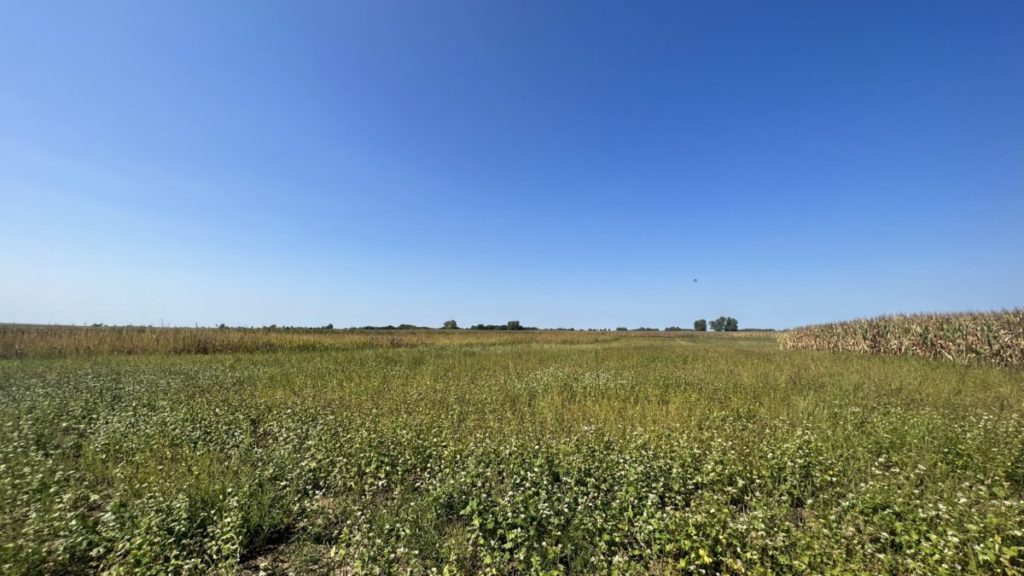
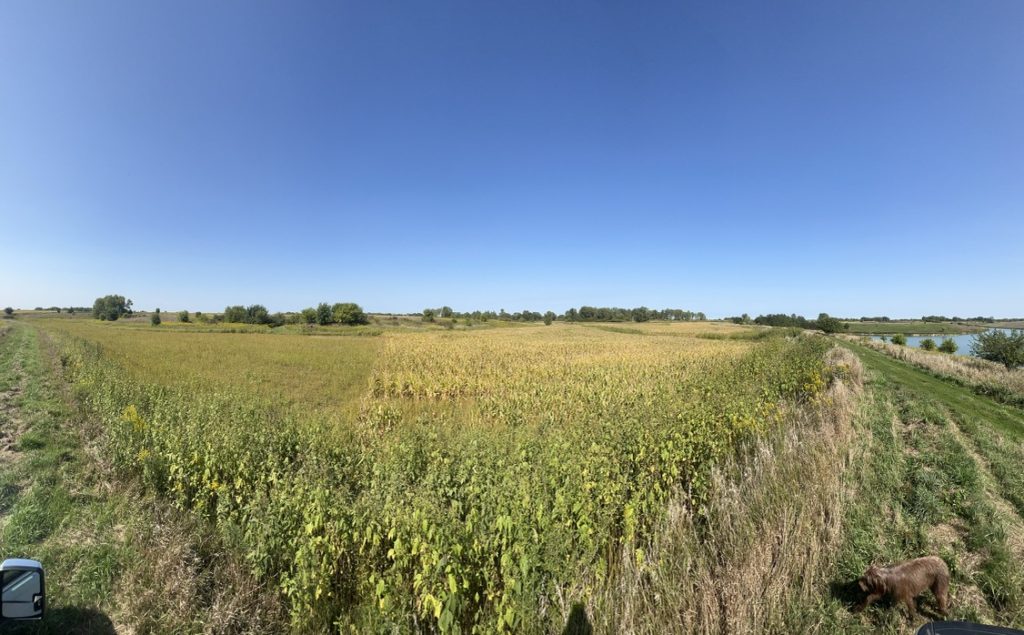
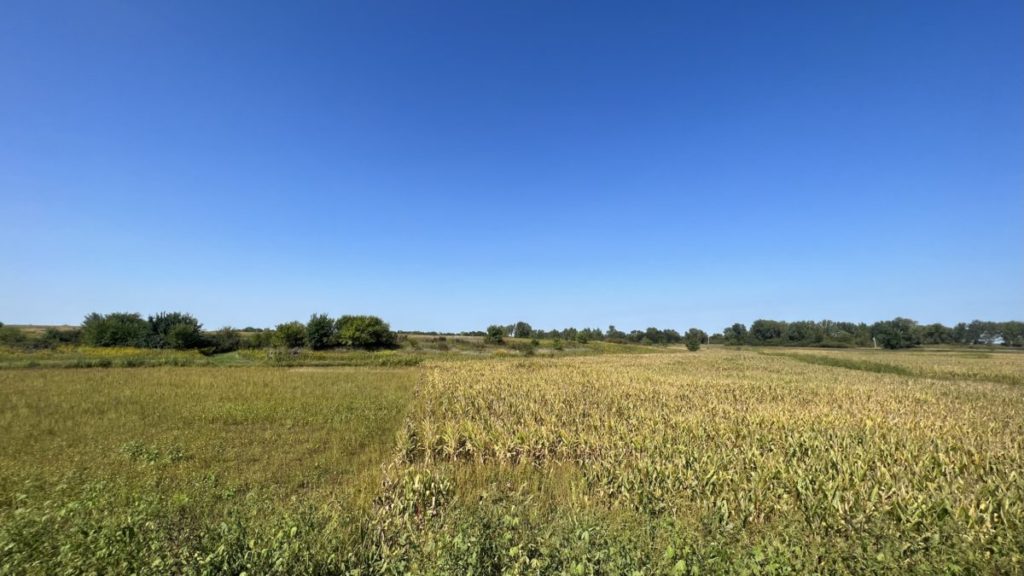
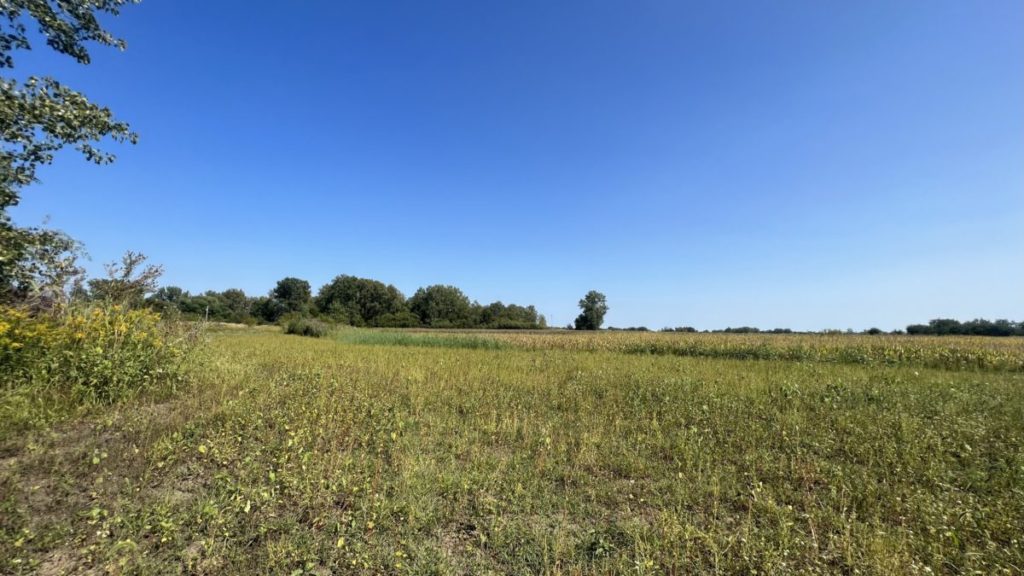
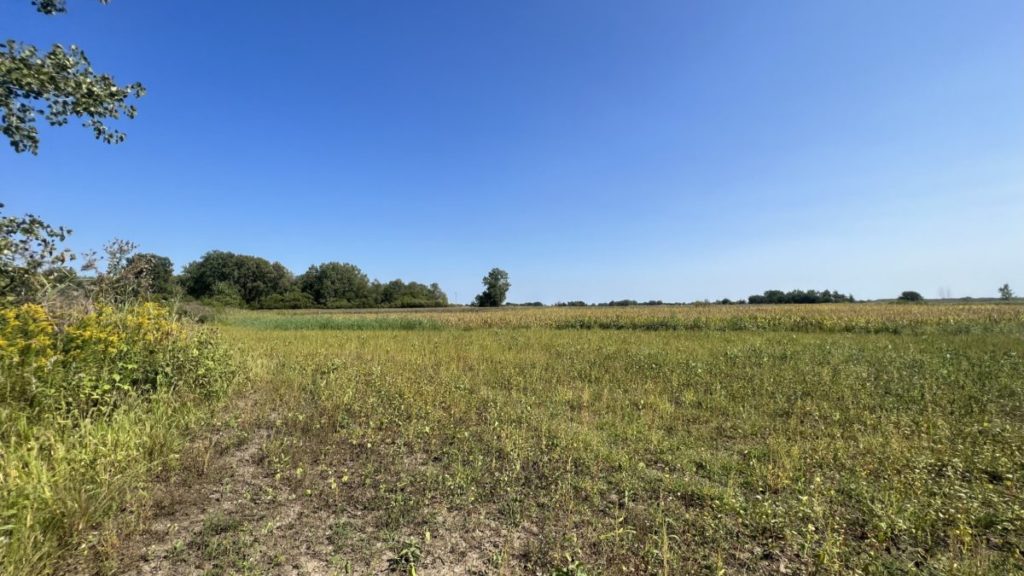
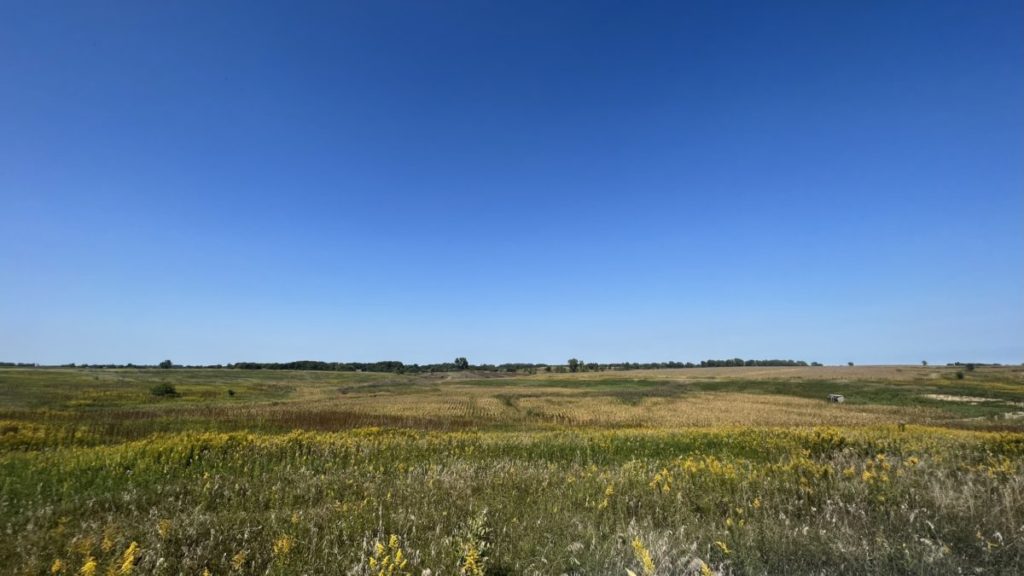 4 October 2022, 1:13 pm
4 October 2022, 1:13 pm - 9 minutes 52 secondsLand Market Update | 9/26/22
We usually don’t have to release market updates so frequently but a lot has been changing quickly in the land market! Take a listen to get out thoughts on what’s going on and where we anticipate the market going! If you have any Illinois land for sale or are considering selling your property, get in touch!
26 September 2022, 12:46 pm - What happens when you cut your sunflowers too early?
I have never hunted with anyone that doesn’t love dove hunting. But few people plant sunflower fields for doves. I get it though. On top of being expensive, they are super finicky…especially when it comes to the timing. In this episode, I chat about our experience when you cut sunflowers too early. Ideally, you wait until your flowers are dead and completely dried out…even if you have to hammer them with round-up to expedite that process. But what if you planted your flowers late and don’t have access to a sprayer? Or what if you have access to a brush hog and haven’t had time to spray them? What if you just decide to mow them before they are 100% ready? Then what?
Well, this is the scenario that we were faced with this year. And because it was one of our personal fields and not one of our clients, we rolled the dice. Partially because it wouldn’t have been the end of the world if it didn’t work. And partially because I was curious about what would happen. I will note some of the pictures below but for the full explanation, listen to the podcast!
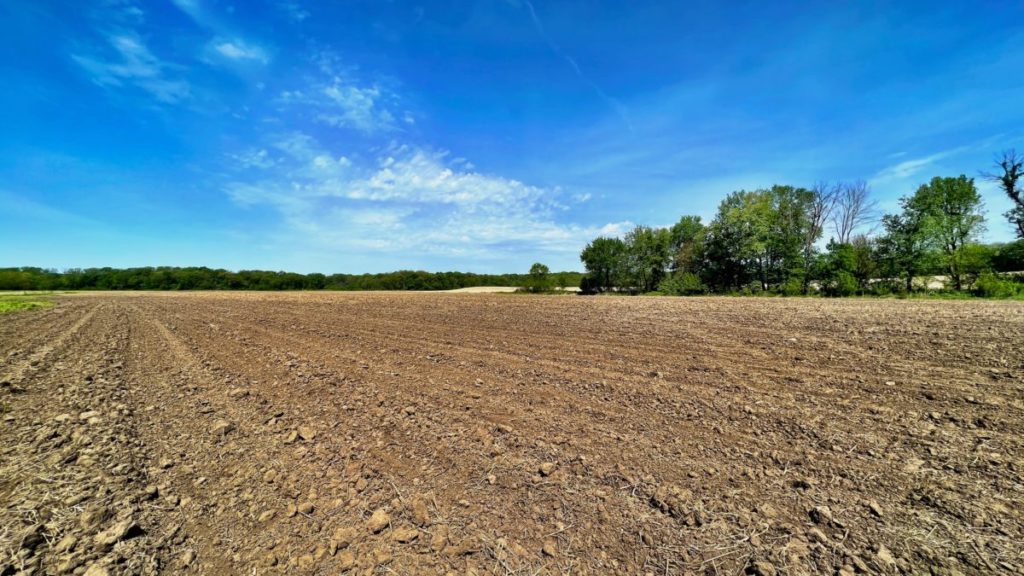
In the pic above, the field is prepped and planted. Mid May. In these next few pics, you can see the field moving along through the year.
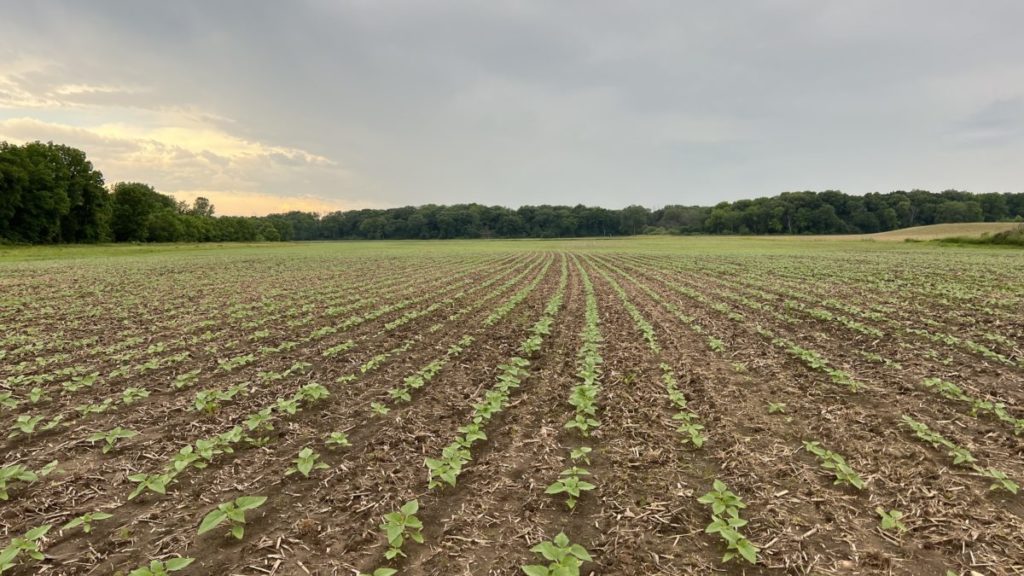
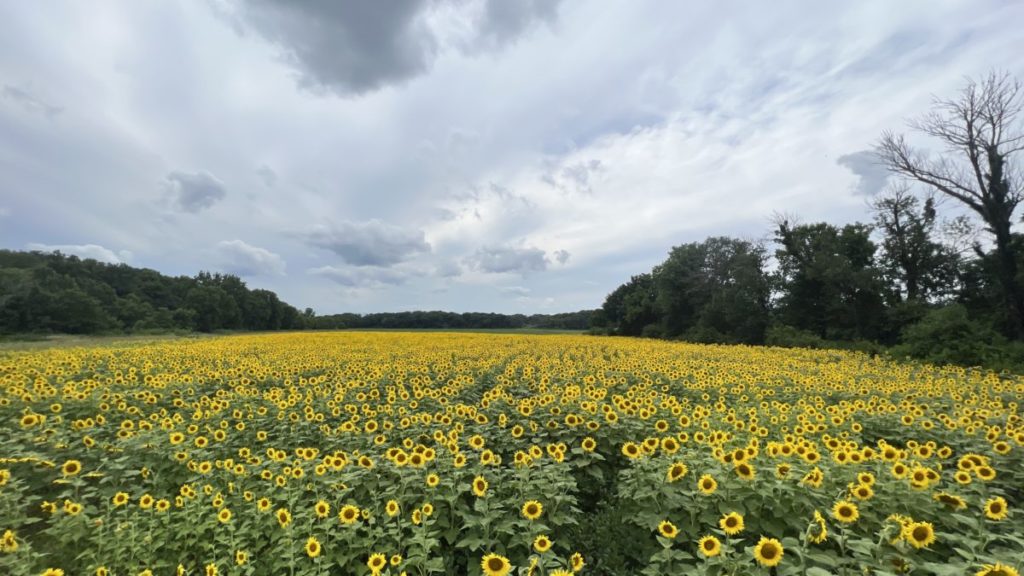
These next three pics are mid August when I was looking at mowing them for the season which started Sep 1. As you can see, it is still clearly green. The seeds are mature but that is it. The sunflower head is still white, fibery, and pretty sticky.
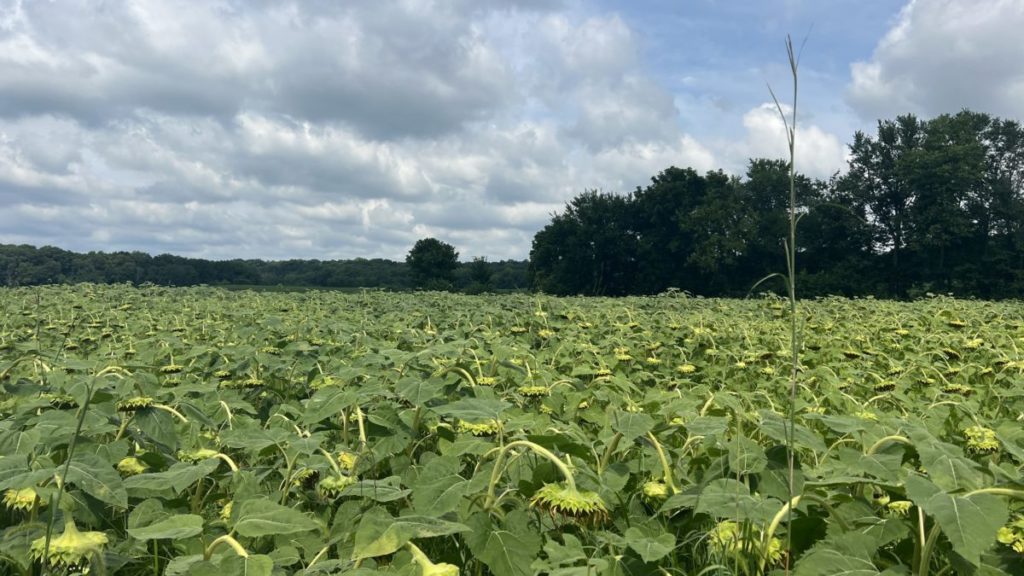
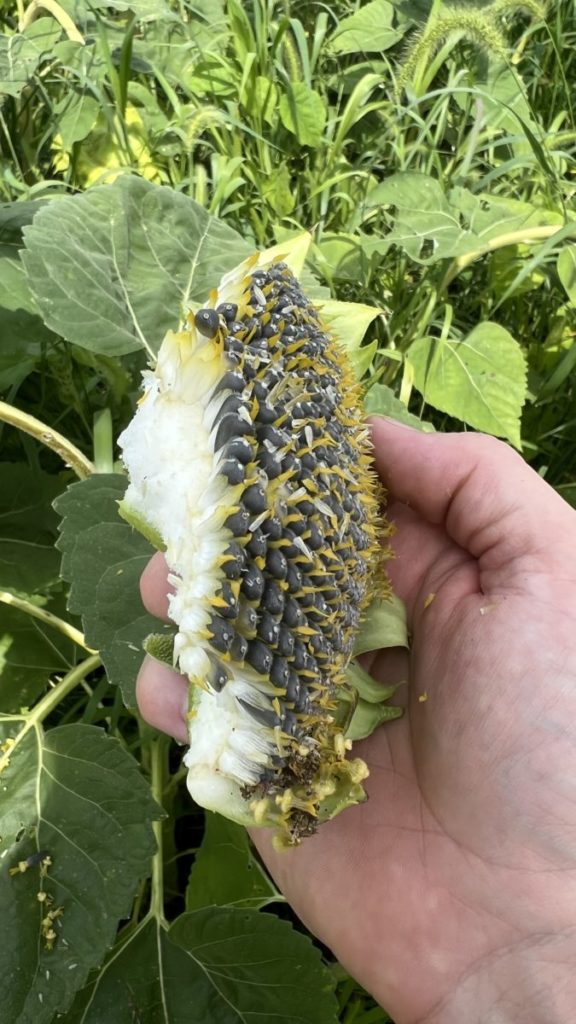
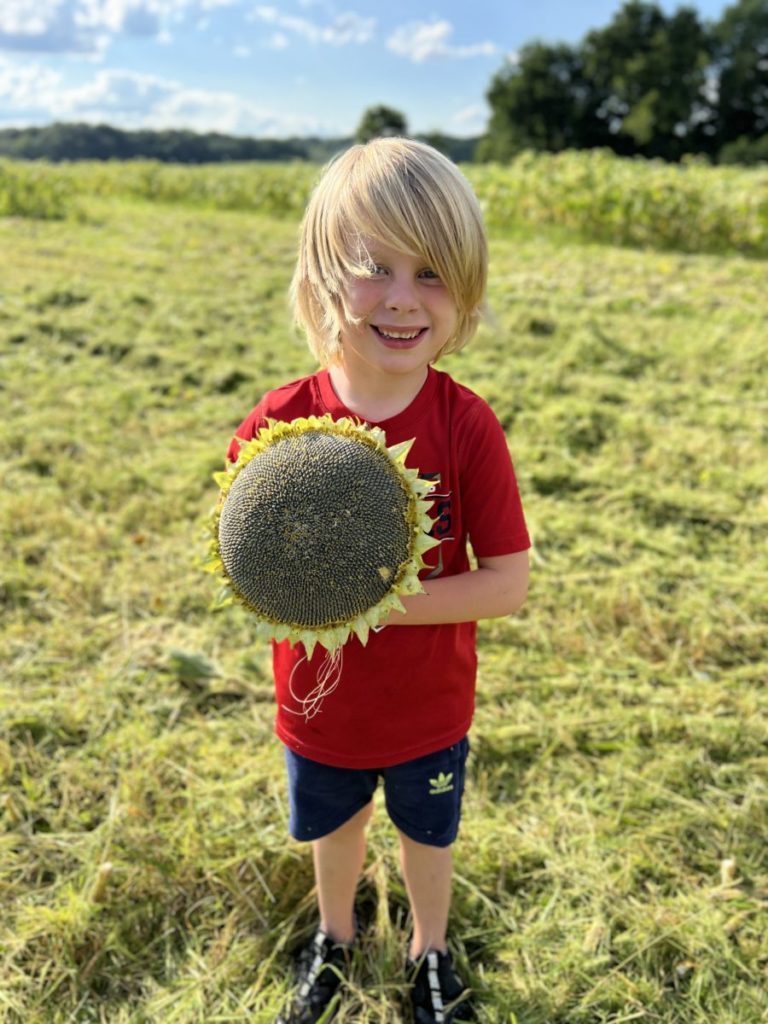
We went ahead and just mowed the field as is to see what would happen.
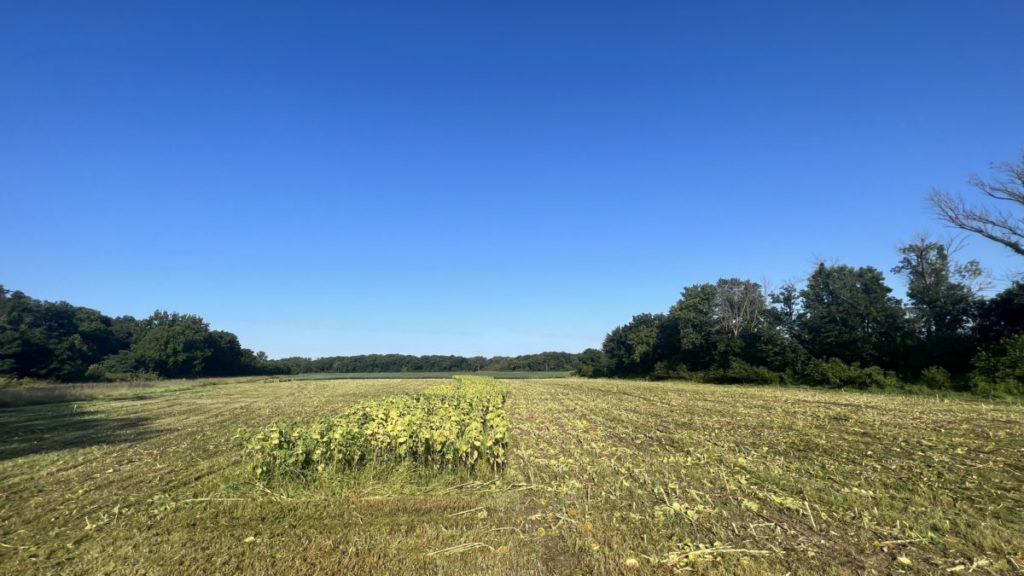
I don’t have any great pics of how the sunflower heads looked after it was mowed, but the seed simply did not separate from the head. Most of the field was just whole sunflower heads with all the seeds in tact. Some of the heads did tear or break apart…but even on those, the seed was still attached to the head. It took about a week to ten days, but eventually those sunflower heads did dry out entirely and that is when the birds started getting to the seeds.
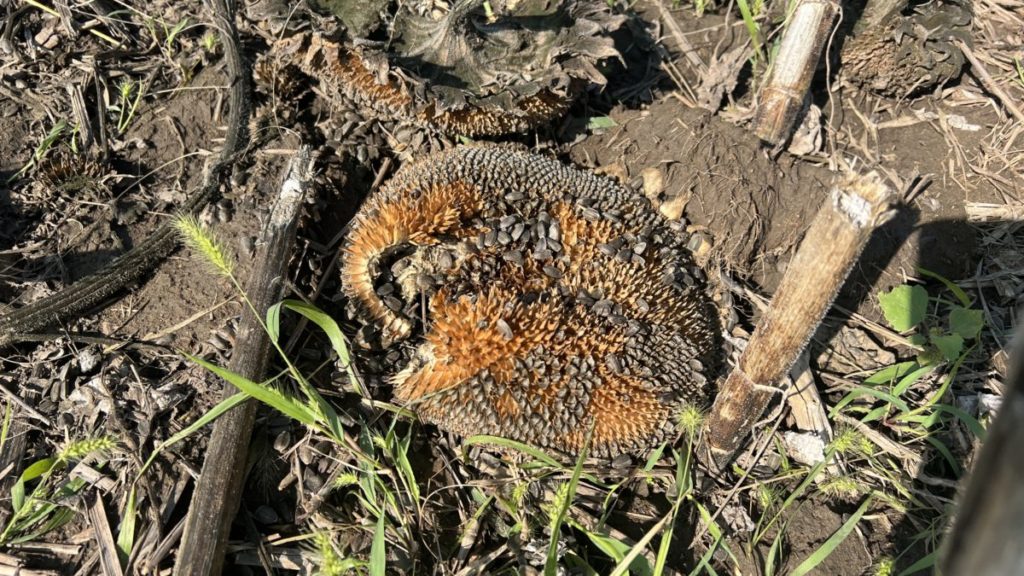
Here are some post hunting pics for your enjoyment 🙂
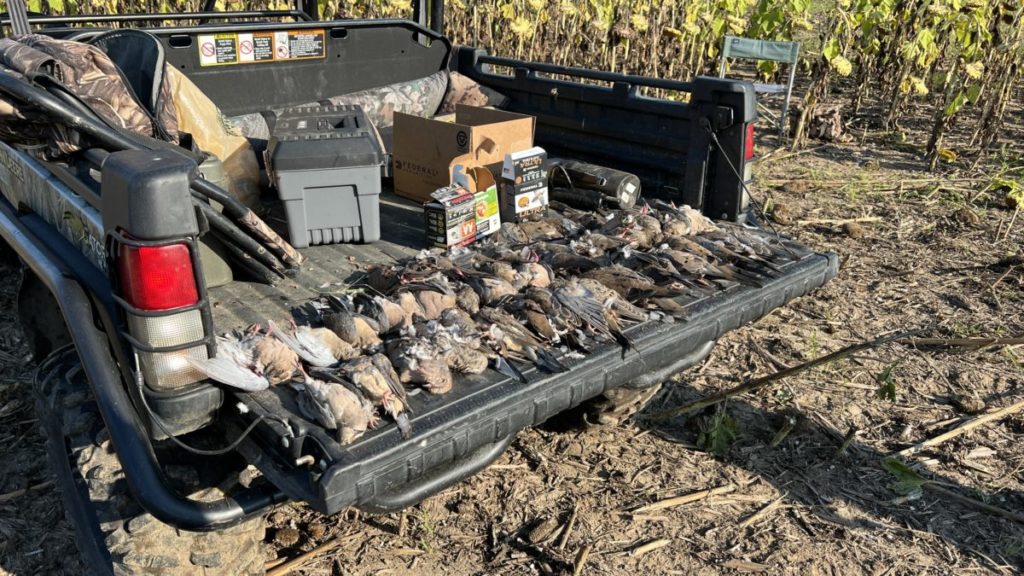
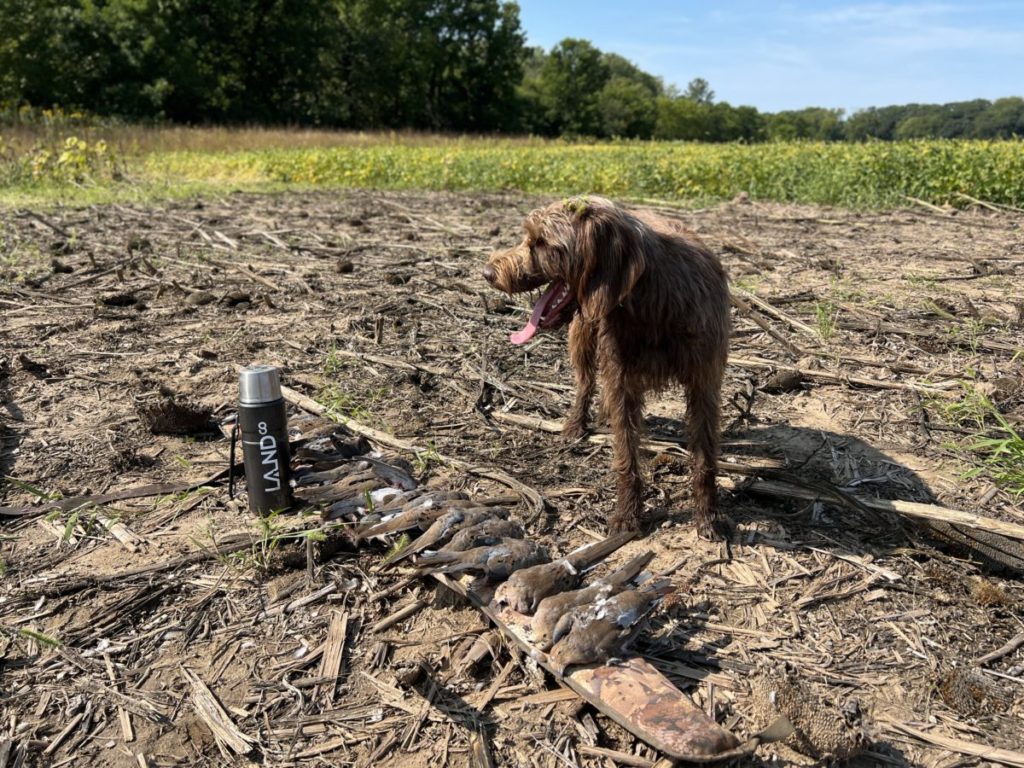 21 September 2022, 1:08 pm
21 September 2022, 1:08 pm - 11 minutes 20 secondsProperty Review: 140 Acres|Peoria County
On this episode, I sit down again with broker Matt Lynch to discuss this awesome new listing he has in Peoria County. This farm is a blank slate and could be developed easily in several different directions!
13 September 2022, 4:44 pm - 12 minutes 26 secondsProperty Review: 158 Acres |Fulton County
In this episode, I sit down with Listing Broker Matt Lynch and chat about his 158-acre listing in Fulton County. If you are in the market for a killer trophy hunting farm, take a listen to this episode!
13 September 2022, 4:30 pm - More Episodes? Get the App
- http://www.landco.com
- en-US
Your feedback is valuable to us. Should you encounter any bugs, glitches, lack of functionality or other problems, please email us on [email protected] or join Moon.FM Telegram Group where you can talk directly to the dev team who are happy to answer any queries.
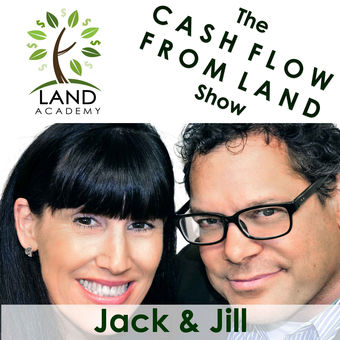 Land Academy's Cash Flow From Land: How to Start Your Real Estate Business with Jack & Jill
Land Academy's Cash Flow From Land: How to Start Your Real Estate Business with Jack & Jill
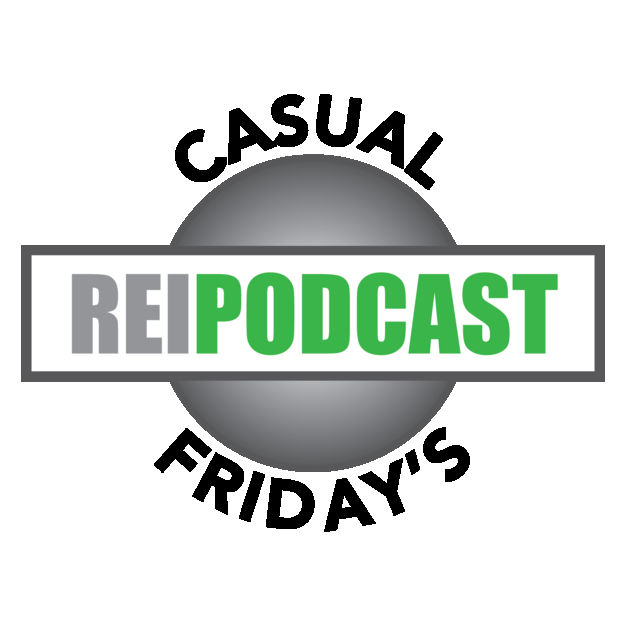 Casual Fridays REI
Casual Fridays REI
 Master Land Investing University Podcast
Master Land Investing University Podcast
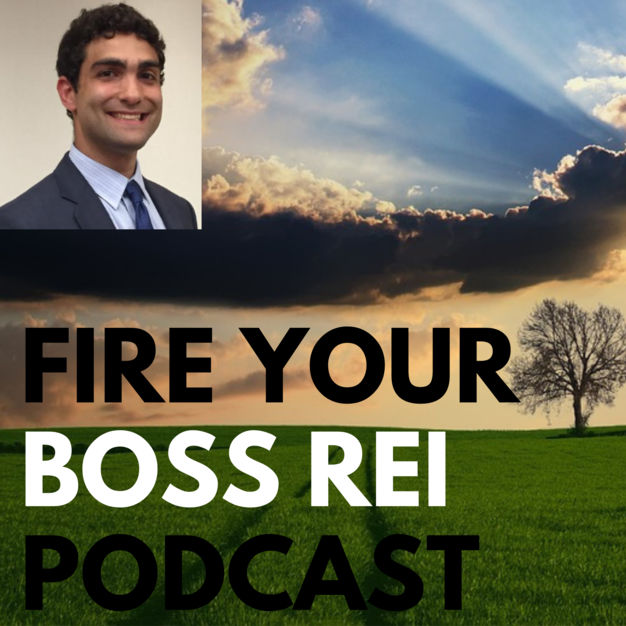 Fire Your Boss Real Estate Podcast
Fire Your Boss Real Estate Podcast